All too frequently, the power-assist systems were over-boosted to the point where they completely eliminated all sense of road feel. Combined with today’s plethora of bolt-on handling gear, such passive systems just don’t play well. Yet another solution may be found in the aftermarket. In contrast to the sluggish, jerky steering seen in older vehicles, the steering in newer models is pleasant and tight.
As a result of its simplified design and reduced component count, rack-and-pinion steering racks have become more common. In addition to requiring less space, a more minor system allows for installing headers, engine swaps, and other performance-enhancing modifications. Tighter, more sensitive, and less numbing steering is provided by a direct, straight-line connection between the wheel and the steering column.
A good rack and pinion steering conversion require the presence of six distinct characteristics. As far as the manufacturer system allows, the tires must turn. There must be sufficient space between the steering column and the header. Maintaining proper steering geometry is essential. There must be no reduction in ground clearance as a result of installation. The system needs to provide a good sense of road feel.
As far as the factory system allows, the tires must rotate.
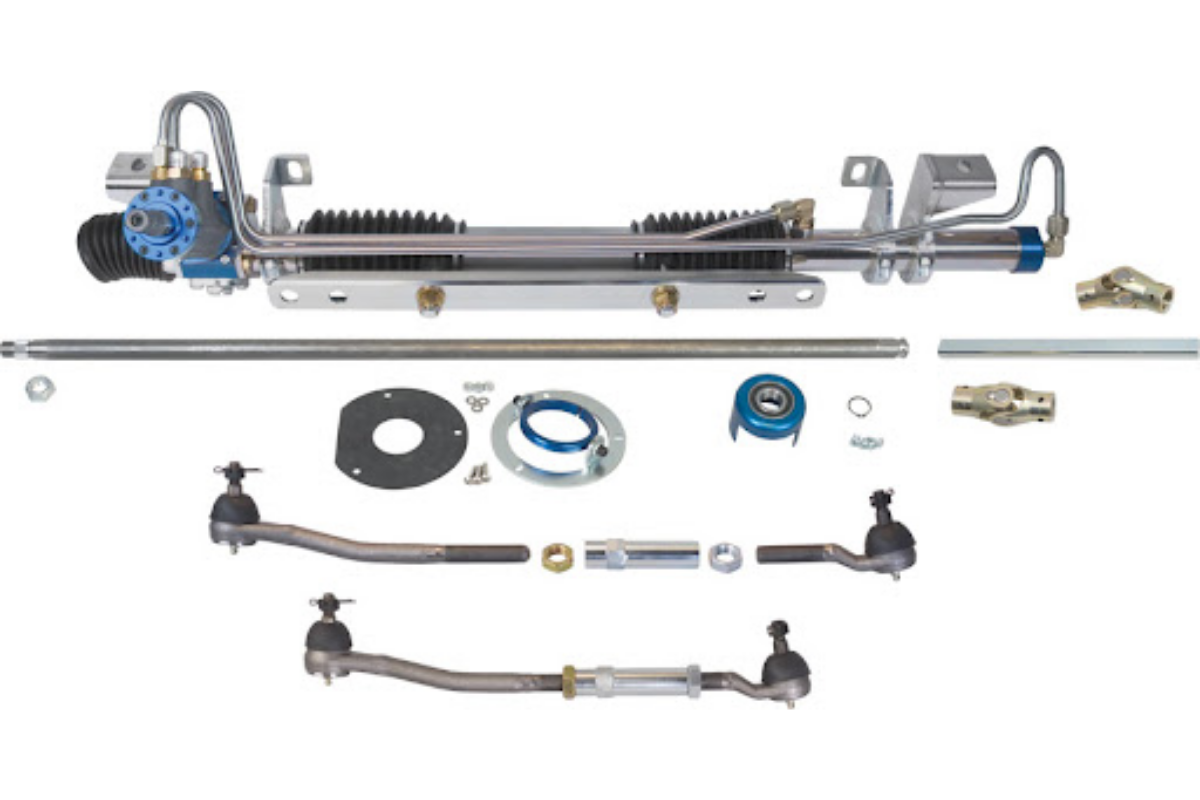
The TCP rack and pinion replicate the original system’s 6-3/8″ travel. Use an OEM rack in a standard installation, and the turning radius will be increased. One of the most critical aspects of a steering system is the amount of travel in the steering box. The capacity of a vehicle to turn quickly in confined spaces is directly related to the amount of travel it has made.
The steering column must have enough clearance for the headers.
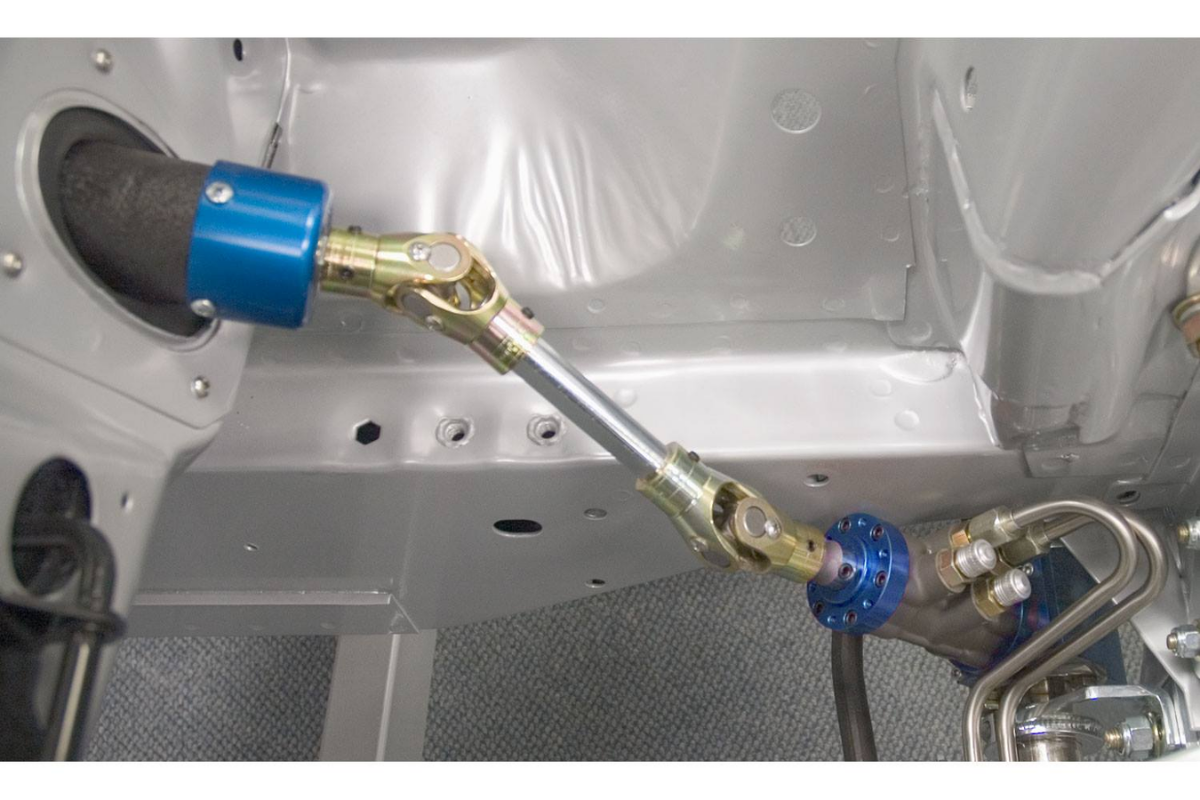
Rack design positions gearbox against driver’s frame rail, like original steering box. Much more header clearance may be gained by installing a conversion kit that uses an OEM-style rack instead of an aftermarket rack. Our steering adaptation for ancient Fords provides the maximum accessible space for aftermarket headers and exhaust systems.
Correct steering geometry must be maintained
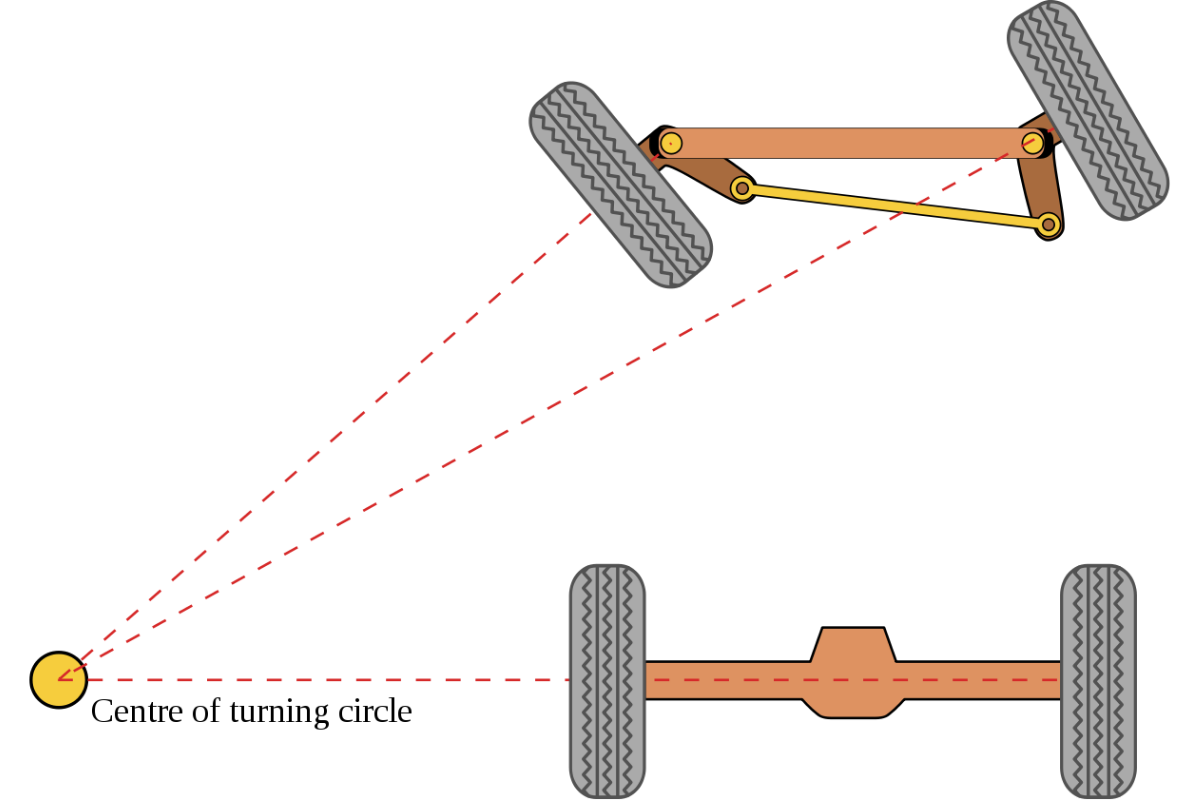
“Ackerman” issues and “bump steer” may occur if the center link location is incorrect, which is particularly important to steering geometry. The inner tire turns at a greater angle to follow a narrower radius when an Ackerman steering angle is between the front wheels. Excessive tread wear and sloppy cornering are consequences of Ackerman geometry that is off. Only a center-take-off rack with a central link as the inner tie rod connection point may prevent these problems.
Installation must not decrease ground clearance
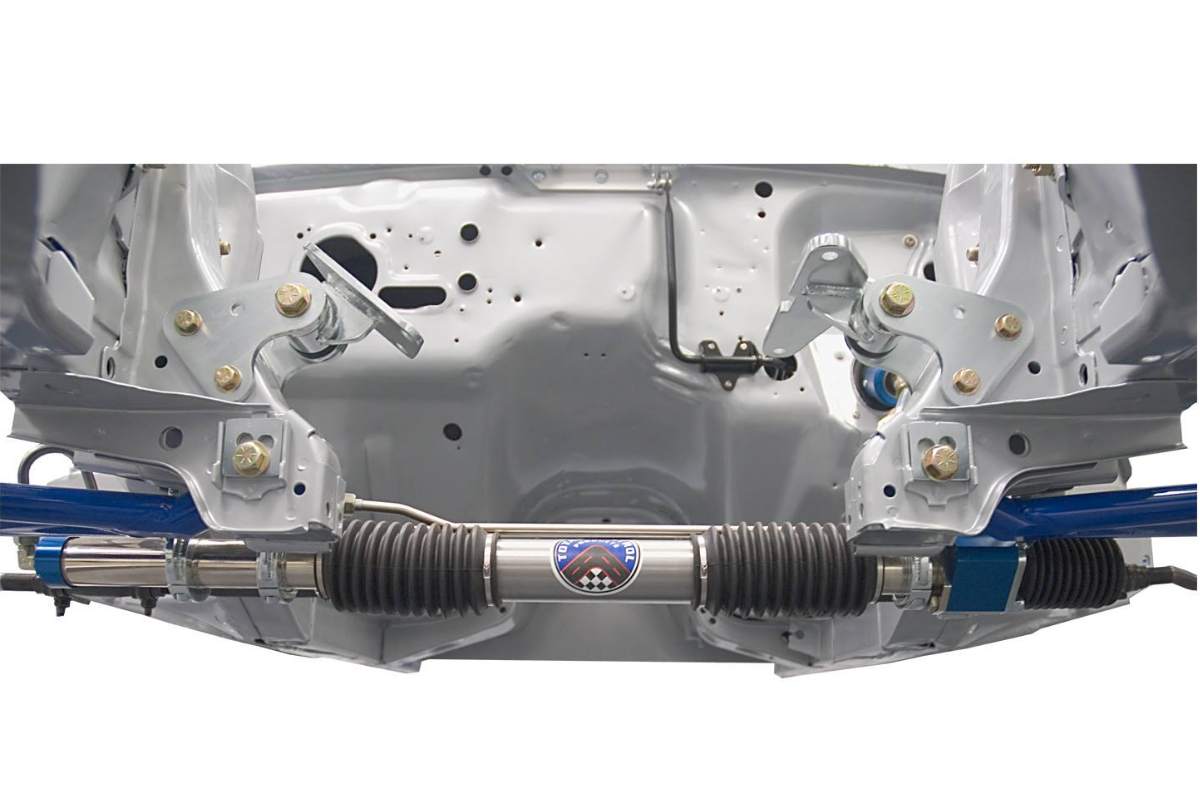
At the back of the oil pan, our rack replaces the tubular cross-member initially installed by the manufacturer. Different length brackets are utilized for various engines to keep the rack over the sump’s lowest area while allowing room above for larger aftermarket pans. Other rack adaptations lower the car’s center of gravity and reduce ground clearance. When driving over speed bumps or in the case of a flat tire, this would enable the rack to contact the ground.
Frame stiffening cross member is required

As soon as it’s installed, the rack takes the position of the original structural cross-component and enhances its functionality. Compression and torsion strength have been increased by 20% compared to the initial manufacturing brace, which serves as the primary structural support. The mounting planes of the lower control arm suspension and the inner tie rod steering geometry are joined through the rack.
The system must allow a comfortable road feel
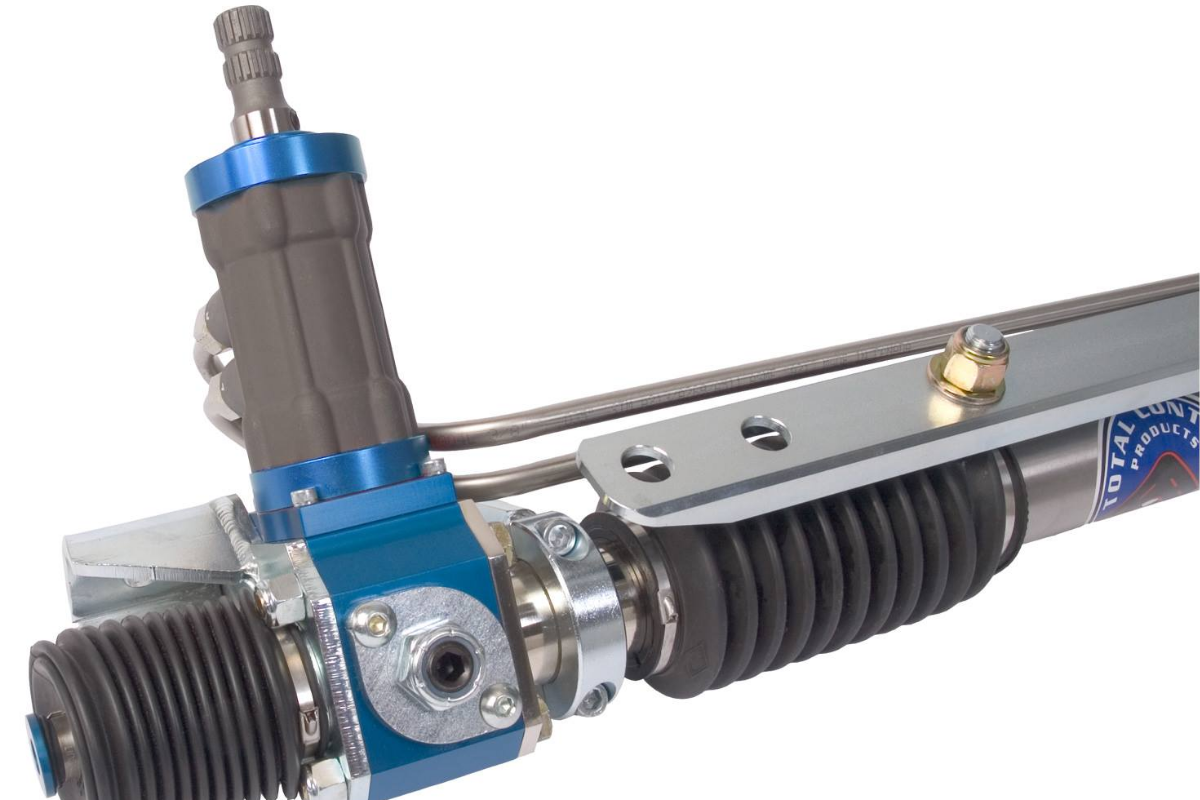
TCP’s rack and pinion system provide a superior road feel to the factory and other aftermarket systems. For one thing, instead of the angled gears seen in OEM racks, they employ flat gears. The system may be set to have a minimal steering effort to make it easier to handle in low-speed situations. The steering effort may be raised to provide the driver better road feel while driving at high speeds or in racing situations.
Considering the improvements you’ll get in handling, safety, and weight savings, a rack-and-pinion conversion kit is well worth the investment. Like those described below, vehicle-specific installation kits can only be used on certain vehicles. In addition, they come with mounting gear or brackets that are proportioned and spaced to easily bolt onto your current OEM system utilizing the mounting points.





Is there a kit to convert a 2005 Tahoe to rack & pinion?